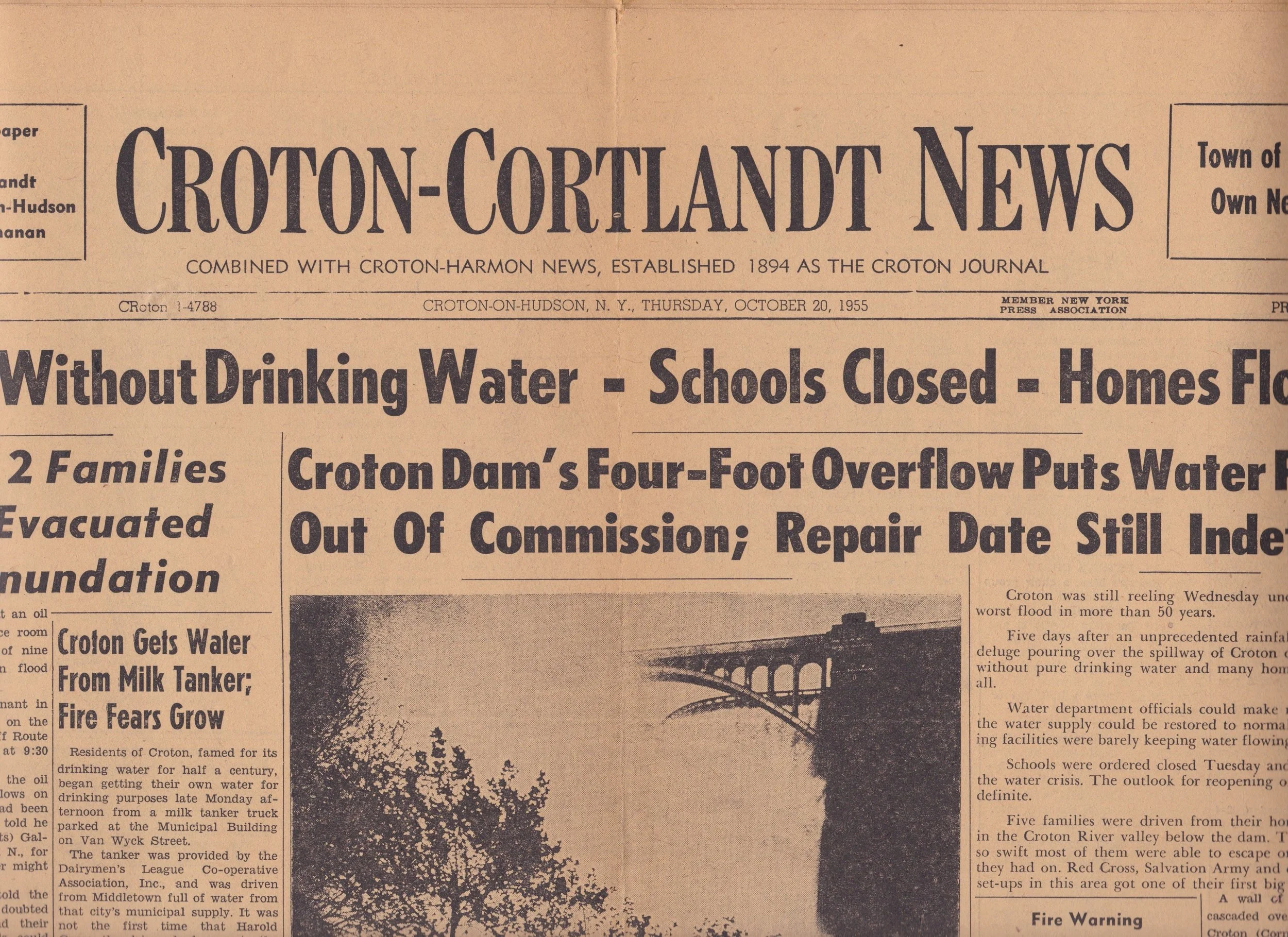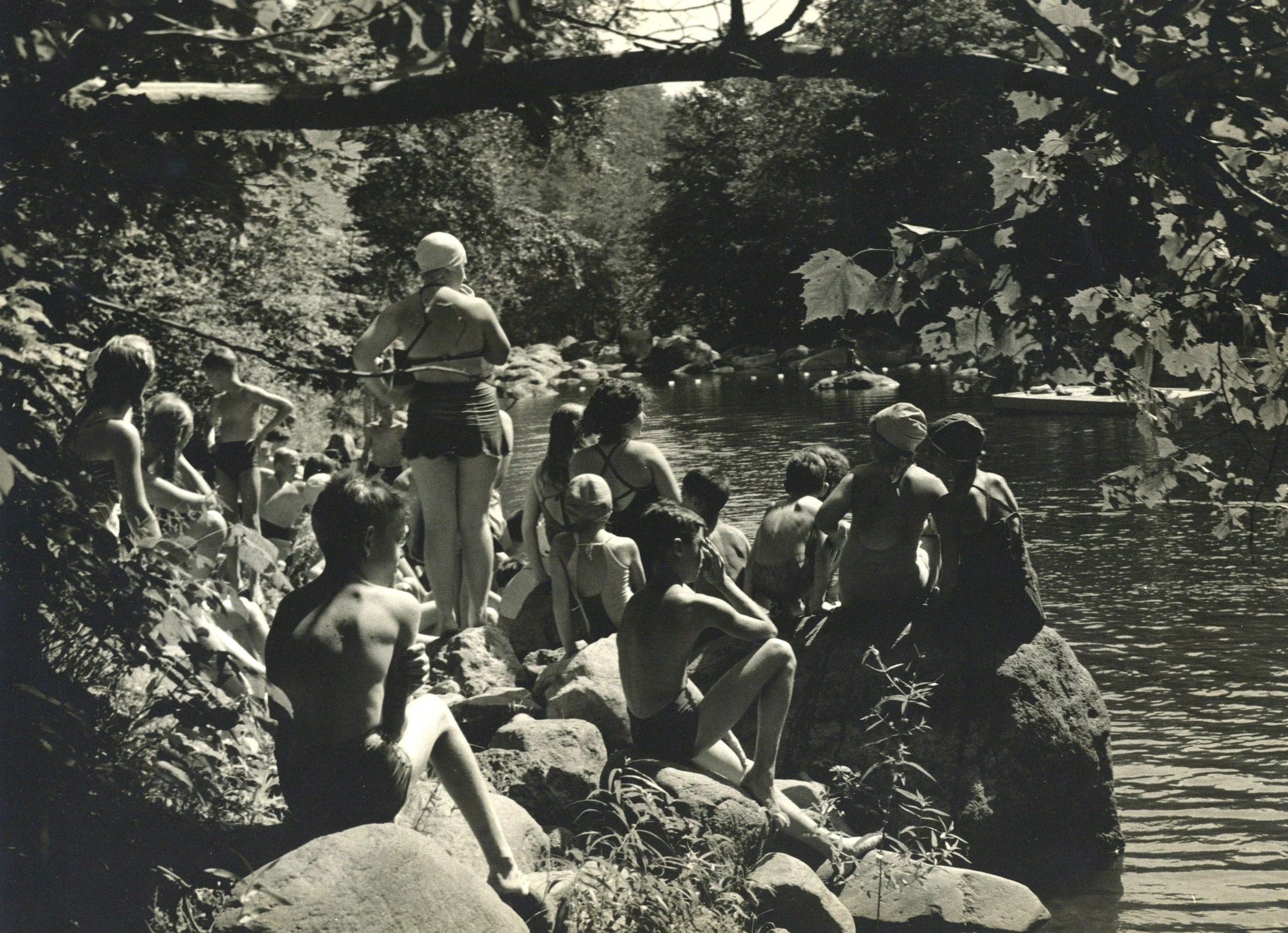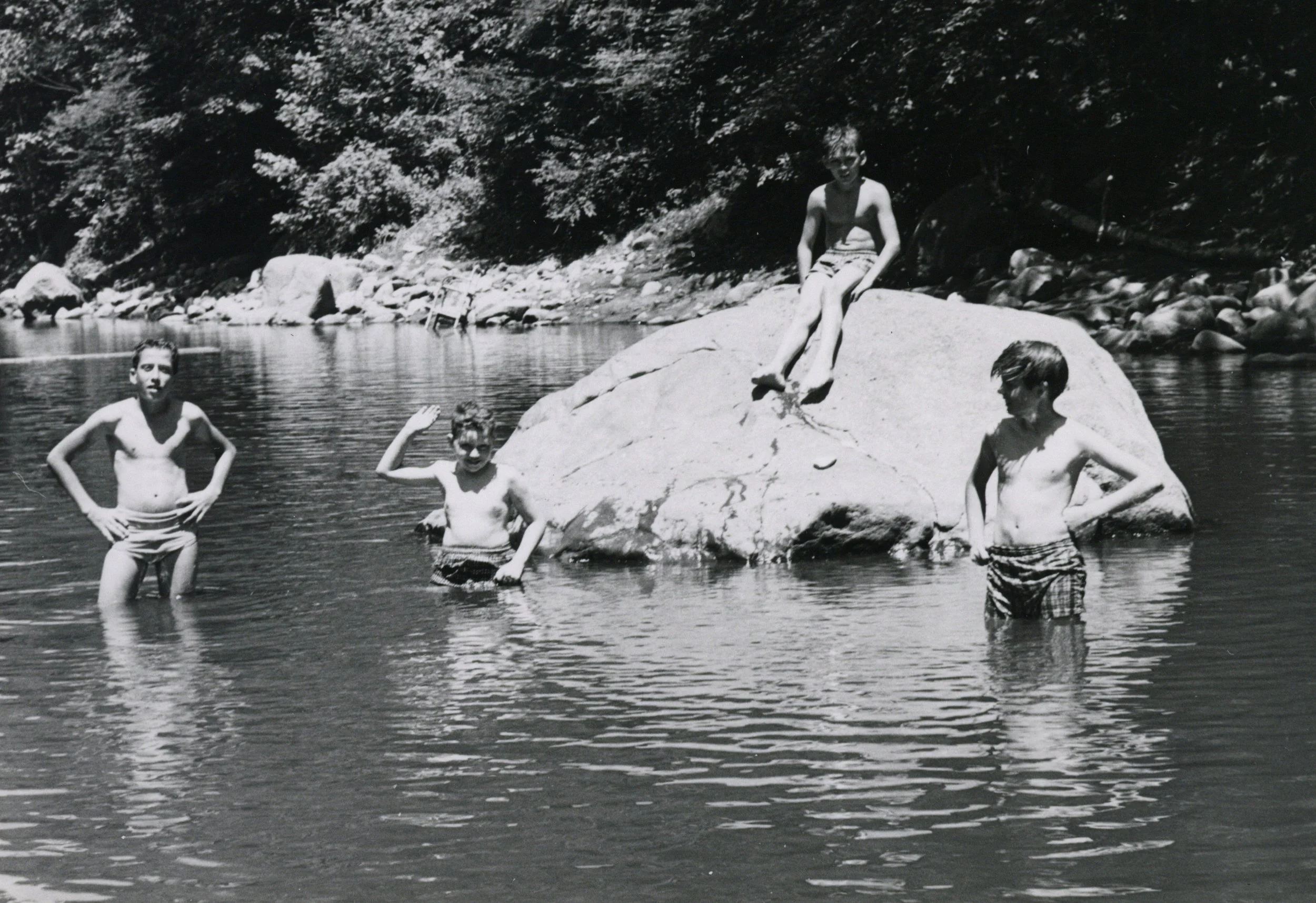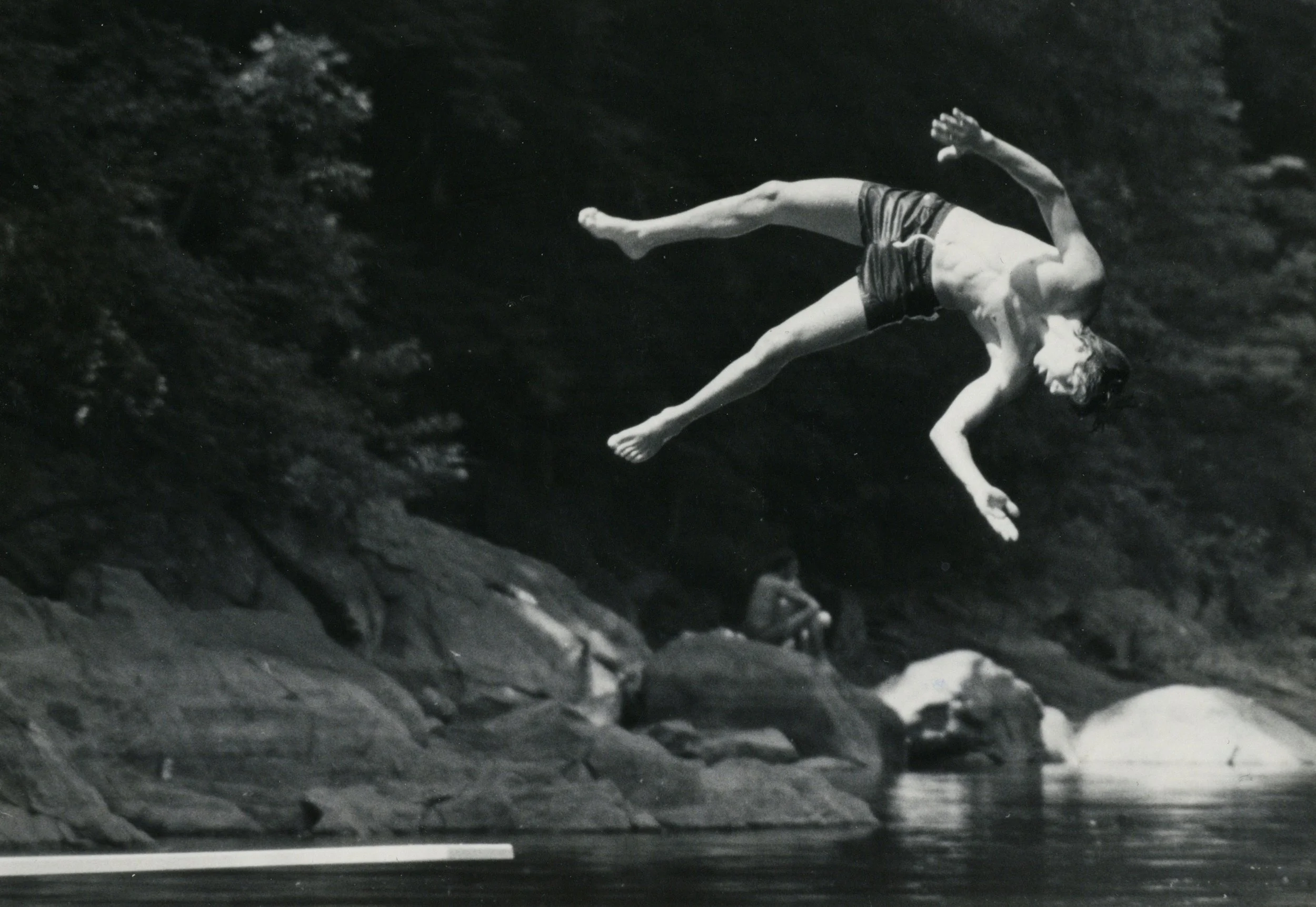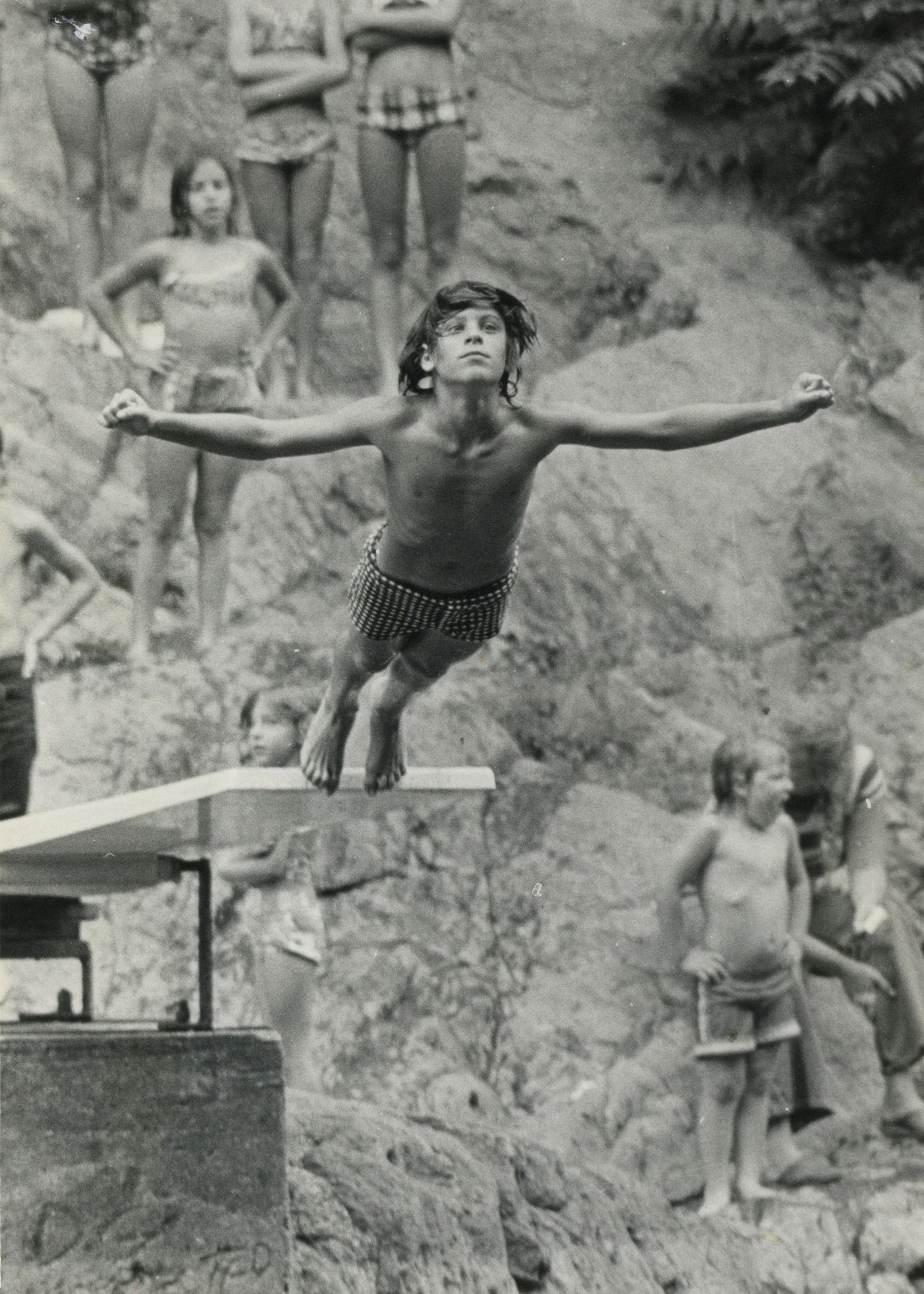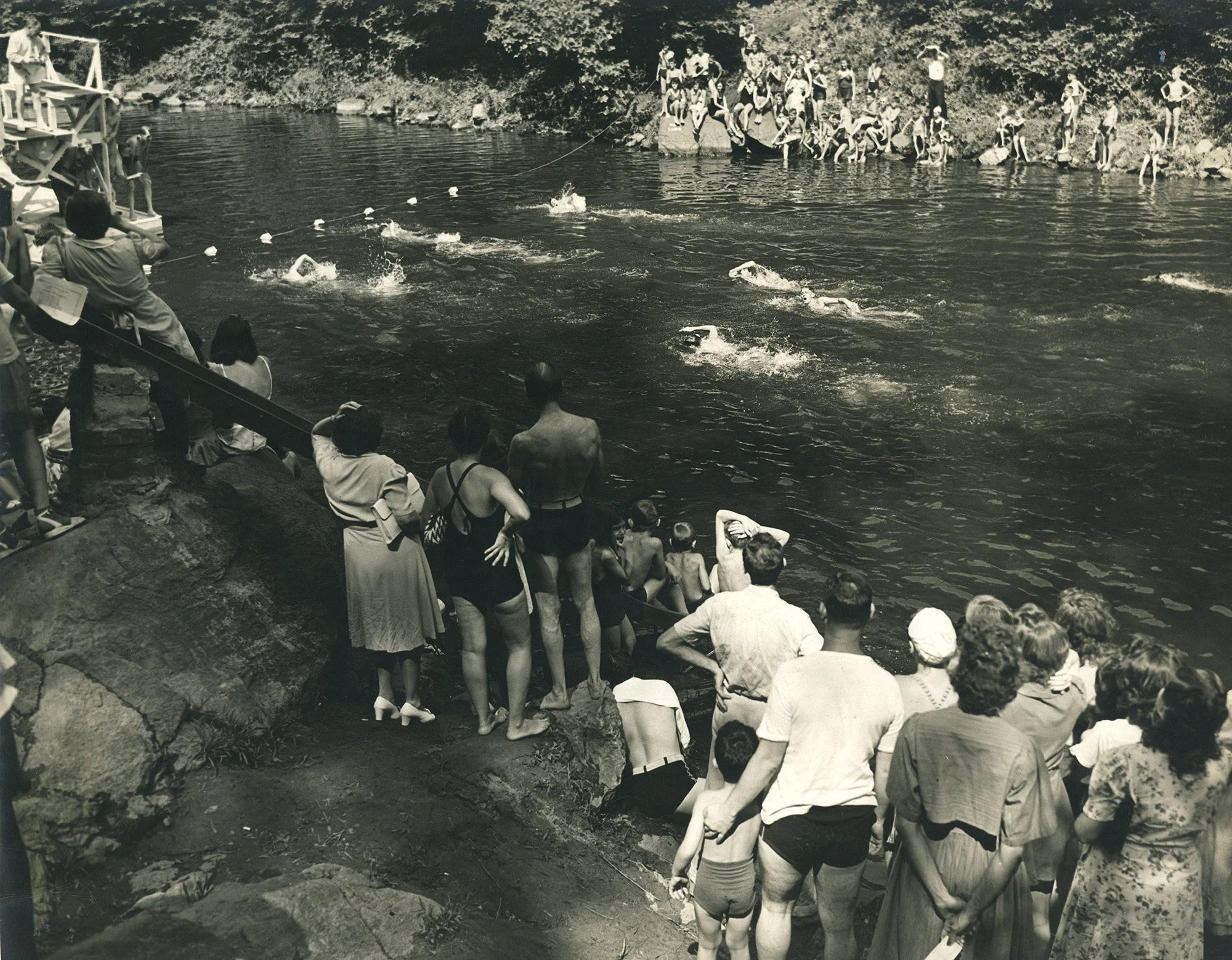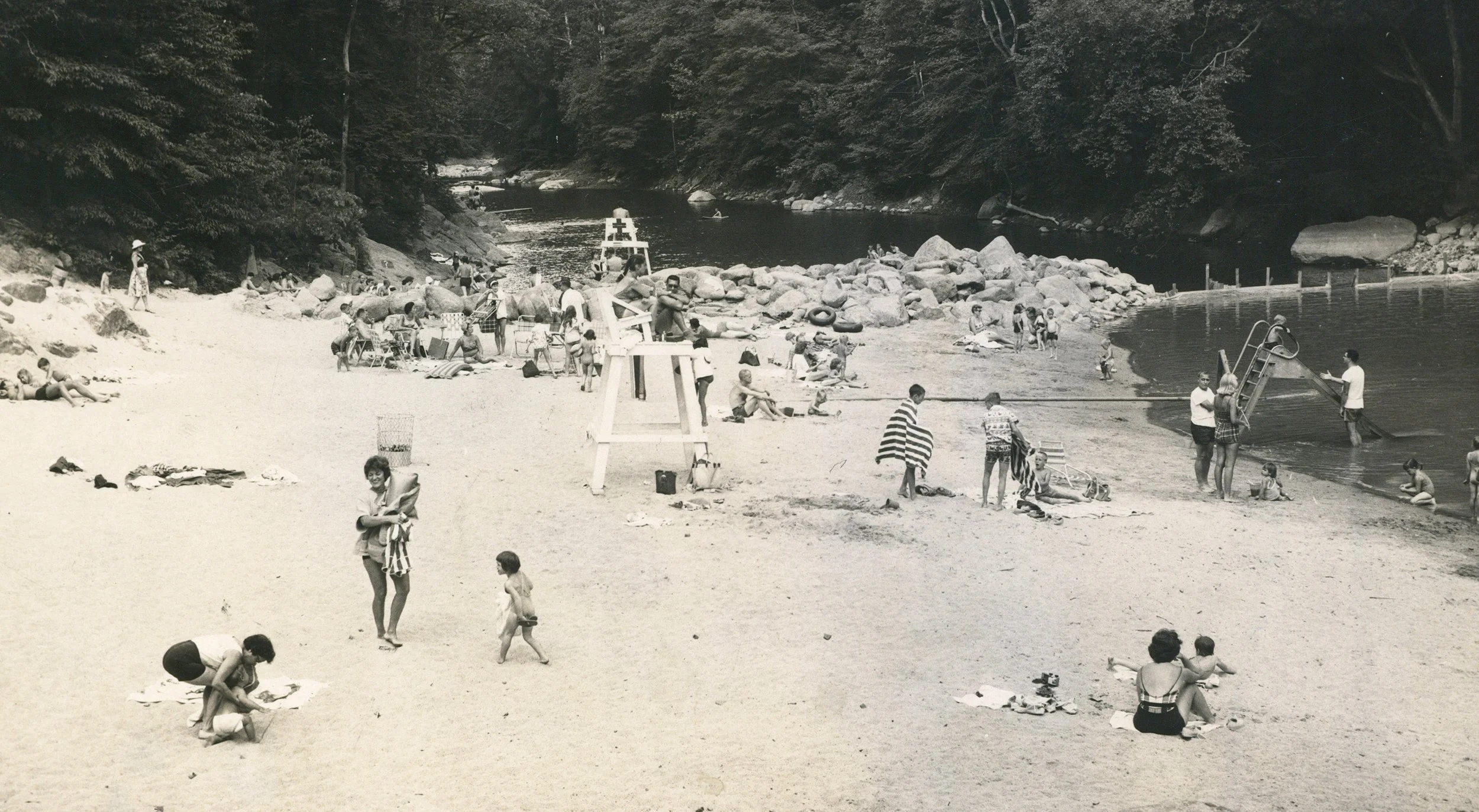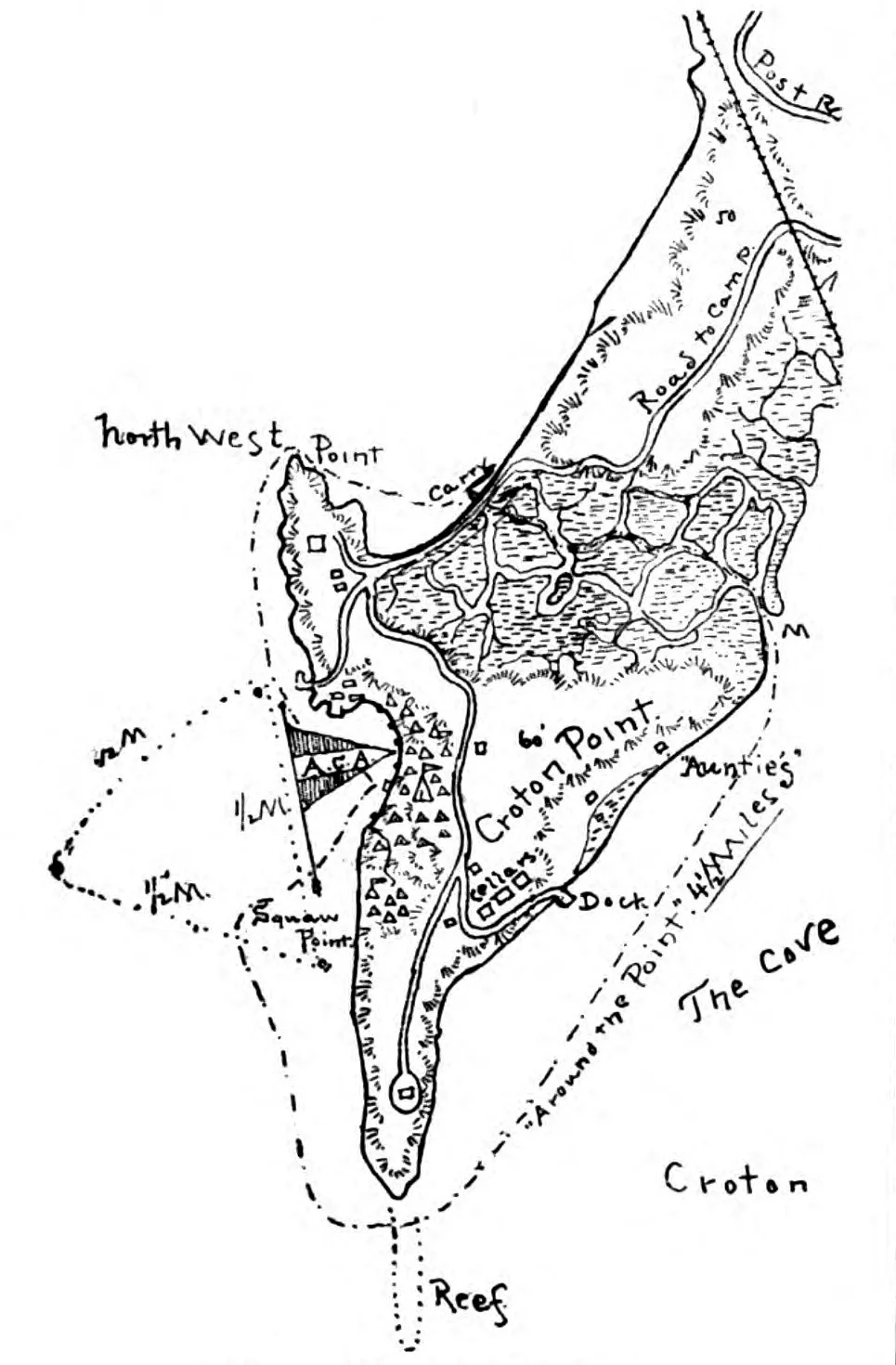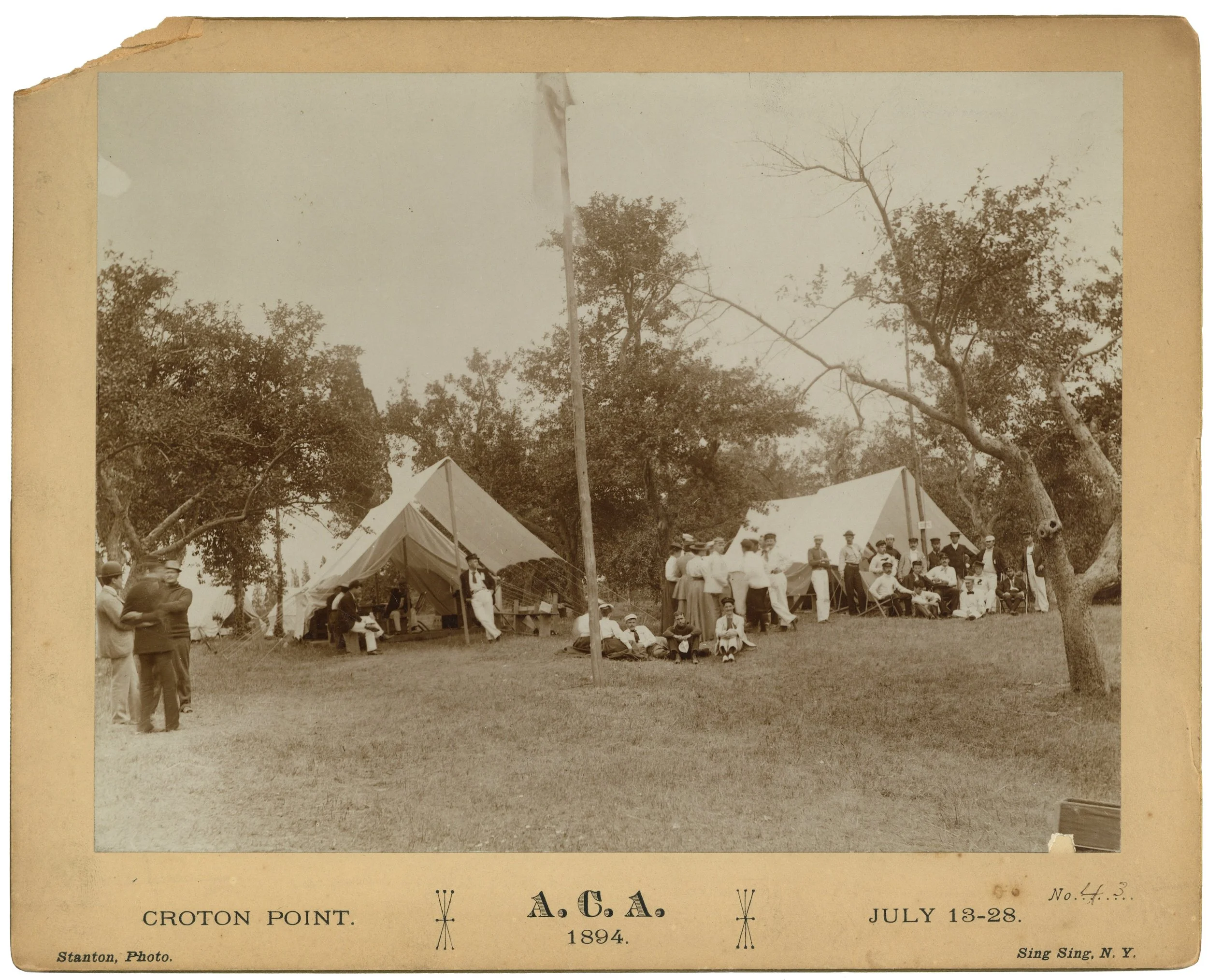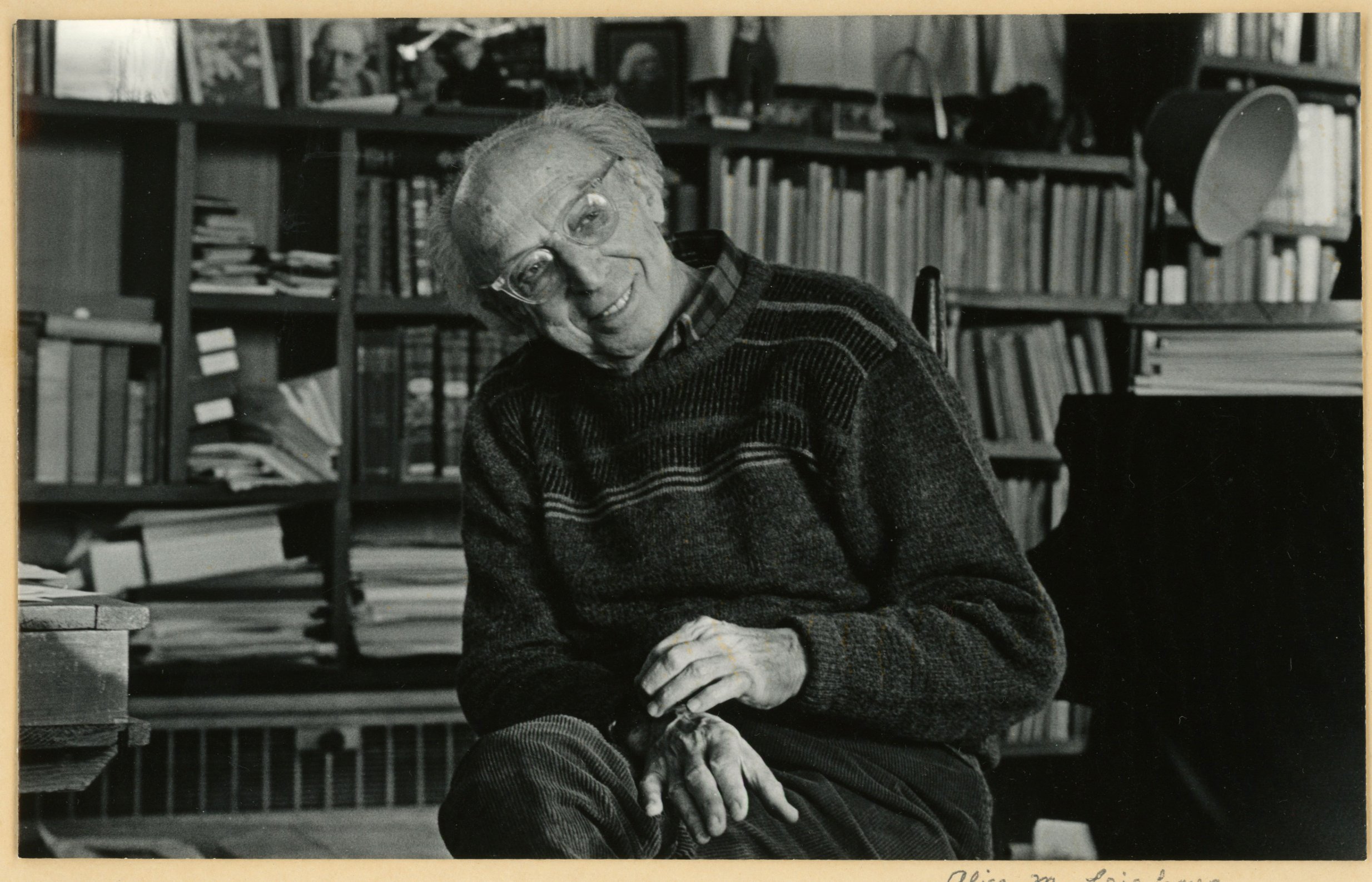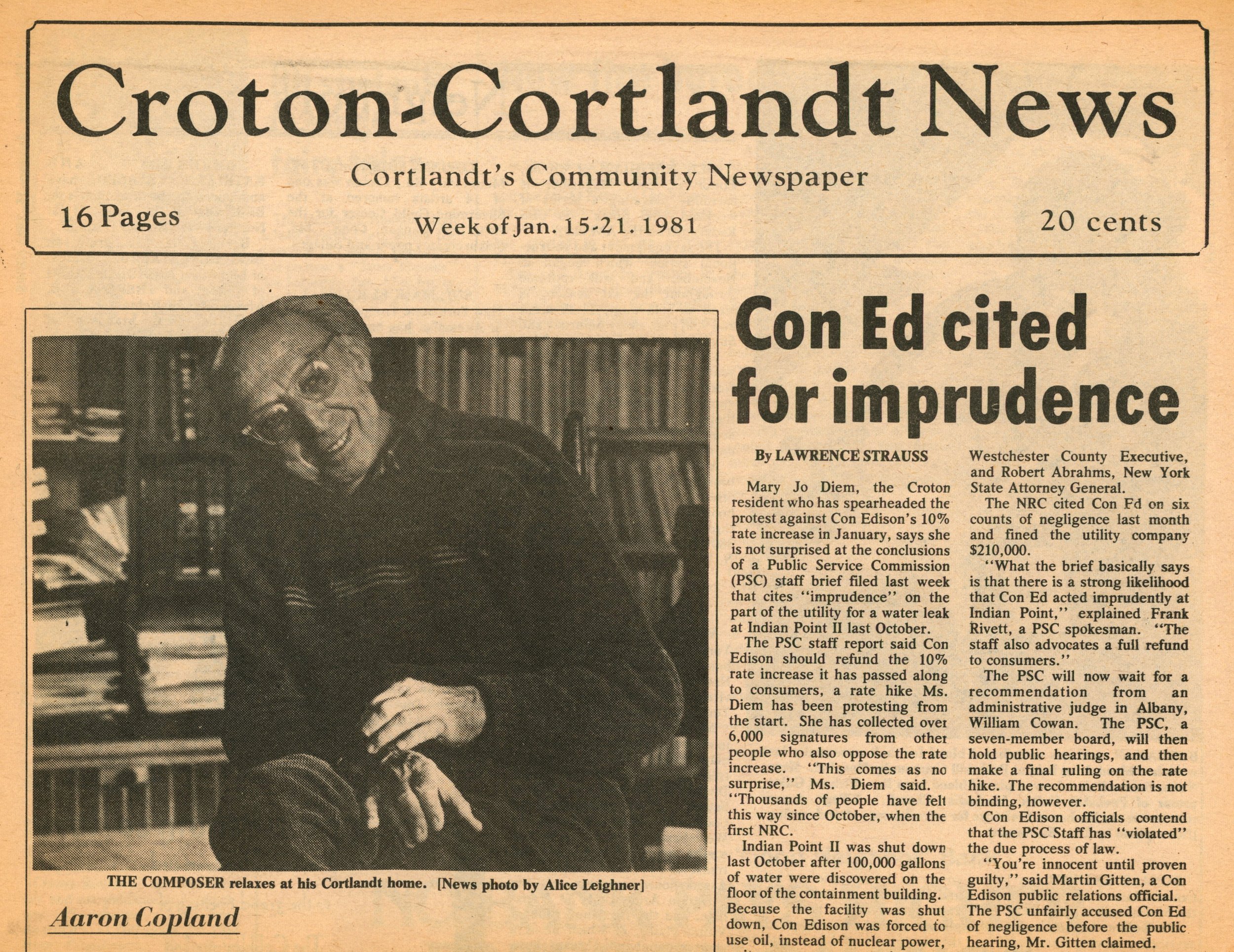by Marc Cheshire, Village Historian
Lillian Nordica as Brünnhilde in Richard Wagner’s The Ring, 1898. Wikimedia Commons.
Congratulations to Croton’s Arts & Humanities Council, which created a series of 11 banners, hung along Maple Street, honoring a wide range of artists, photographers, poets, and writers who lived in the area.
There is one important error, however. The famous opera singer Lillian Nordica never lived here.
Although Nordica purchased a total of 40 acres in the Harmon development between 1907 and 1909, and had two streets and a hill named for her by developer Clifford Harmon, her home was in the Ardsley-on-Hudson section of Irvington. She called it “Villa Amanda” in memory of her mother and constant companion, who had died in London in 1891. The house still stands at 65 Field Terrace in Irvington.
Nordica bought the property in Harmon because she dreamed of starting an opera house and school in America to rival the famous Bayreuth opera house in Germany. She also planned to use a portion of the land to build a home here, before her untimely death in 1914.
Nordica did come to Harmon several times. In June 1907, a reporter for the Brooklyn Daily Eagle met her in a “little Japanese tea house” in Harmon—the Nikko Inn—where she discussed her ambition to start “an American Bayreuth.” “With Bayreuth as her ideal,” he wrote, “Mme. Nordlca made a long search for a site … She toured the country about the Hudson for hundreds of miles in her automobile. One day, she happened to discover Harmon. ‘This is the place I want,’ she said.”
Detail from an ad that ran in the New York Times on Sunday, June 16, 1907.
The story was republished in newspapers across the country and Wood, Harmon & Co. began featuring Nordica and her plans in their advertising. One ad showed a bird’s-eye view of Harmon with an arrow pointing to the “site selected by Madame Nordica for the ‘American Bayreuth.’”
The next month, an ad ran in the Wall Street Journal with the headline “The American Bayreuth at Harmon Indorsed [sic] by Another Prominent Singer,” announcing that American contralto Katherine Fisk “has purchased property at Harmon in order to be near Mme. Nordica and her ‘American Bayreuth.’” Prospective buyers “interested in this great musical project” could obtain an illustrated booklet and visit the property using free train tickets for the “special train” leaving from Grand Central.
But despite the fanfare, the only structure built was the Administration Building, today a private home on Alexander Lane. The hill where the house is located is still called Nordica Hill.
A postcard of an architectural rendering of the Administration Building, designed by architect W.H. Orchard.
Clifford Harmon also named two streets for her, Nordica Drive and Nordica Boulevard. Nordica Drive was originally much longer than it is today. It ran along the Croton River to the intersection with Truesdale, as it does now, but continued up today’s Old Post Road South to the intersection with Cleveland Drive. At the “five corners” intersection, the entire portion of Cleveland Drive that runs past the library and CET Elementary School was originally called Nordica Boulevard. This led to confusion, so in 1956 Nordica Boulevard became a continuation of Cleveland Drive—at the same time the lettered streets in the Harmon Park section of Harmon were renamed for Croton veterans killed in action during World War I and World War II.
Even though Nordica never lived here, the publicity about her dream to create an American Bayreuth, coupled with Harmon’s clever promotion, did help to bring an influx of people from the arts—particularly the theater and nascent movie business—enriching the community and adding to Croton’s rich artistic heritage.
